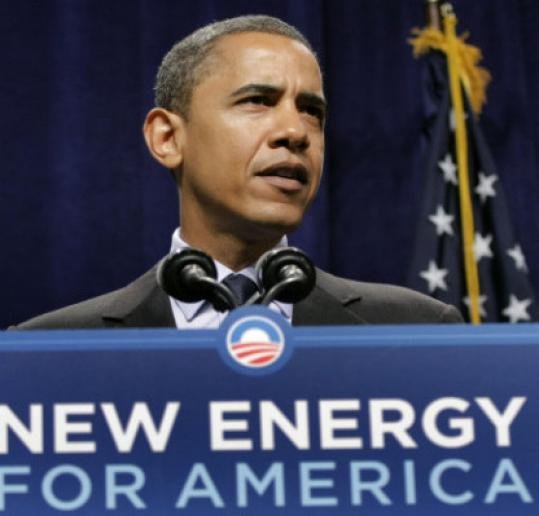Department of Energy officials are promoting small modular reactors (SMR) as a way to reinvigorate U.S. nuclear technology. The federal government is likely to be the first domestic buyer of such technology, reducing the typical financing risk associated with anything nuclear. DOE and other agencies can then use the new reactors to help meet President Obama’s goal of cutting the federal government’s greenhouse gas emissions by 28 percent over the next decade.
Government Investors
The federally owned Tennessee Valley Authority (TVA), the nation’s largest public utility, has signed a letter of intent to become the nation’s first electricity provider to build small modular reactors. Spokesmen for TVA and Babcock & Wilcox Nuclear Energy subsidiary Generation mPower in Charlotte, North Carolina said the letter signed in late May outlines plans for building up to six of the mini reactors at the authority’s vacant Clinch River site west of Knoxville. There is a long way to go before actual construction, however.
The reactors are smaller versions of nuclear power plants and generate less power. They can be assembled in factories rather than on-site, and are generally safer. They are essentially more modern versions of the reactors used on nuclear submarines for more than four decades.
The Department of Energy (DOE) has plans to invest more than $450 million in developing two designs for the small reactors, a move officials hope will spur companies to build “off-the-shelf” reactors that could become a cost-effective alternative to other forms of energy.
But funding for the program is in doubt and faces congressional pushback. Obstacles include a rebound of antinuclear public sentiment in the aftermath of Japan’s Fukushima power plant crisis, an uncertain federal budget, and the politically loaded question of where to store (or to reprocess) spent nuclear fuel.
SMR Advantages
Support for small nuclear reactors centers on practicality, electric grid stability, and economics.
“These small reactors make a lot of sense since many components, if not the entire reactor, would be factory-built [providing economies of scale],” said Herbert Inhaber, president of Risk Concepts in Las Vegas. “Nuclear also has the advantage of not being intermittent in energy supply, in contrast to some of the ideas being pushed by the Department of Energy.”
Sustainable-energy researcher George Taylor agreed.
“DOE officials are undoubtedly correct about the game-changing potential of SMRs. Mass production of low-cost, sustainable sources of electricity could change the future of the world economy as much as assembly lines once changed the course of transportation.… SMRs can offer not only dramatic reductions in cost and construction time, but increase the margin of safety as well.” said Taylor.
Government Picking Winners
“The downside of DOE’s proposal is that the government will pick winners and losers,” Taylor warned. “Of the many competing proposals which have been advanced by both industry and venture capital, DOE will spend $450 million to back two, thereby probably condemning the rest to oblivion before they ever complete a prototype.”
Tom Tanton ([email protected]) is principal of T2 & Associates, a California-based energy technology and policy consulting group.





